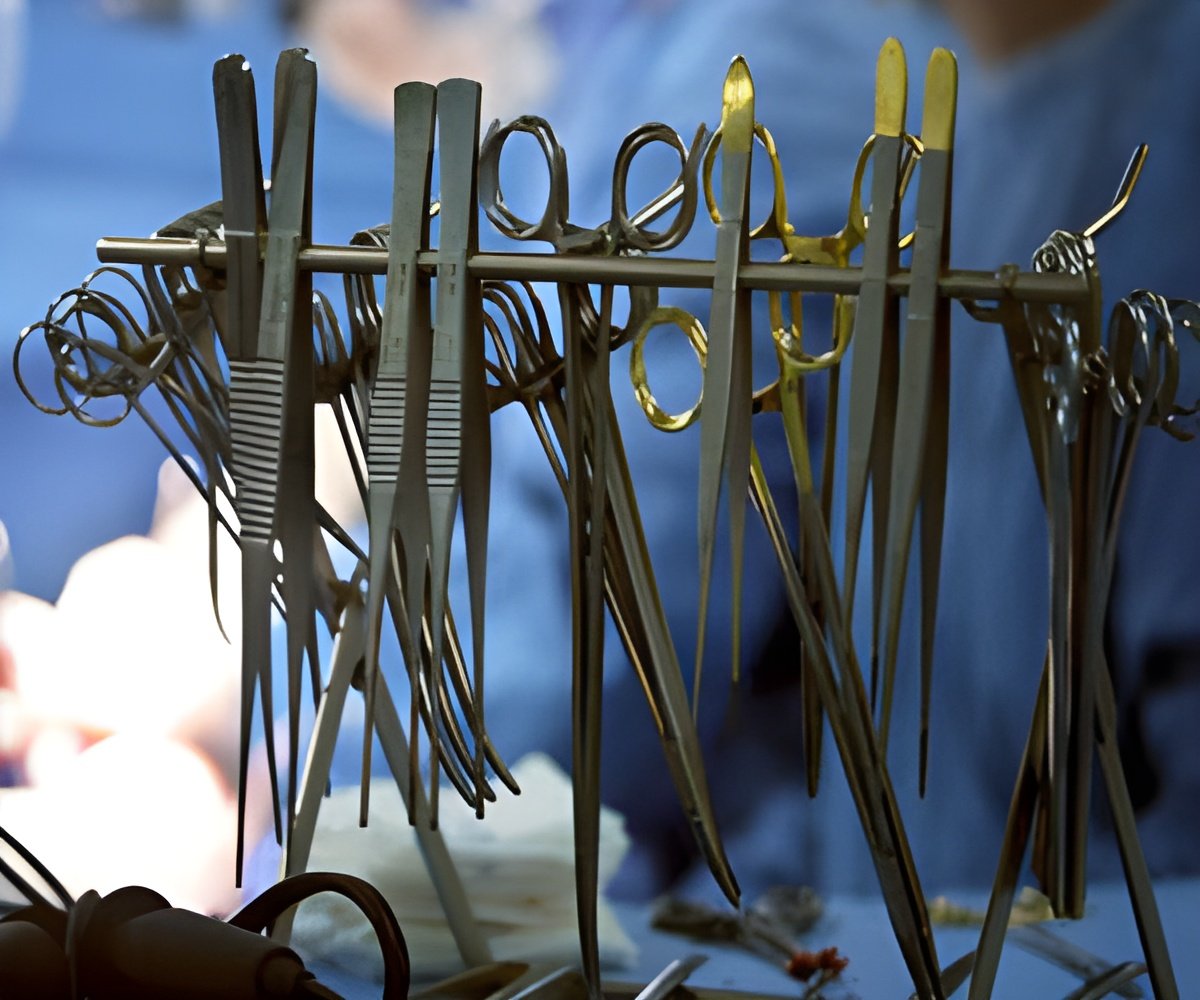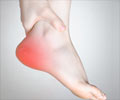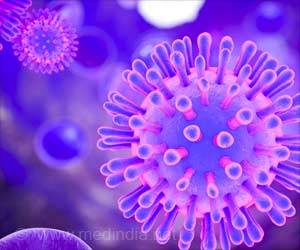Charcot-Marie-Tooth disease a genetic neuromuscular disease that kills the long nerves in the hands and feet needs new techniques to correct heel deformities.

‘A CAT scan of a patient's heel was used to create 3-D prints. This was used to compare the techniques currently followed to correct the deformity of the heel bone.’





The Cedars-Sinai investigators focused on the deformity of the heel bone, which is frequently twisted inward in patients with Charcot-Marie-Tooth, making it difficult to walk without assistance. The researchers used a CAT scan of a patient's heel to create the 3-D prints, and then used the models to compare correction methods from three different operations. None of the techniques provided adequate correction of the deformity.
"Ultimately our findings offer hope for better techniques to help patients with Charcot-Marie-Tooth disease live a better quality of life," said Glenn B. Pfeffer, MD, lead author of the study and director of the Foot and Ankle Surgery Program at Cedars-Sinai.
Cedars-Sinai investigators who collaborated on the study included Max P. Michalski, MD, Tina Basak, MD, and Joseph Giaconi, MD.
"This is one of the first times 3-D prints have been used in orthopedic research and we're thankful for the support of CMTA to use this new technology to help improve patient care," Pfeffer said.
Advertisement
Source-Eurekalert








